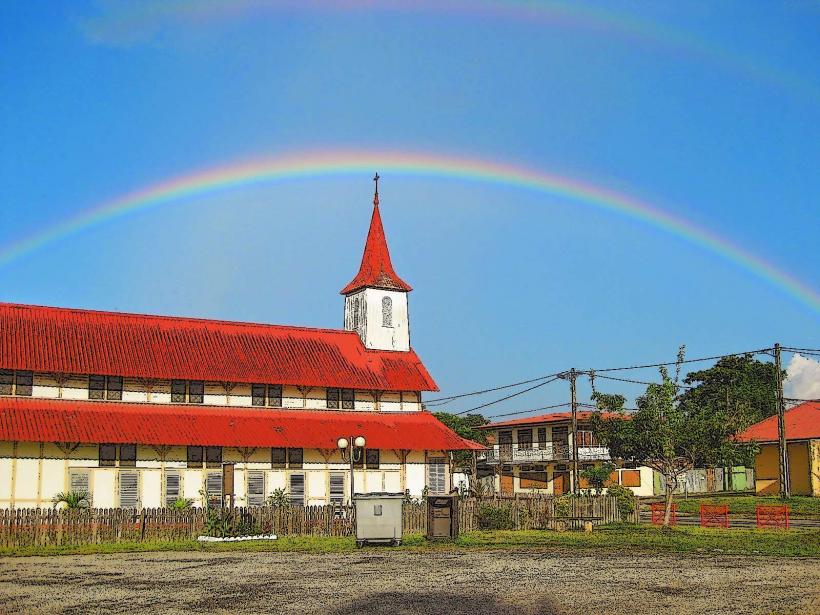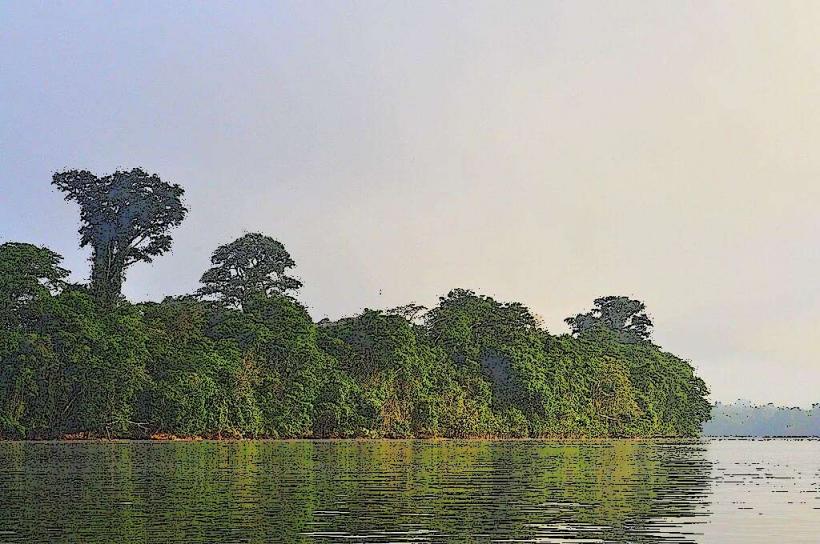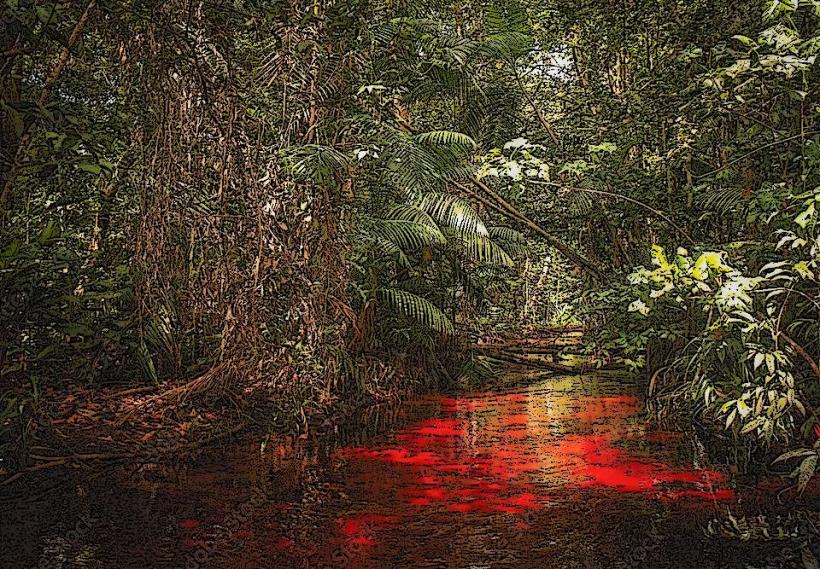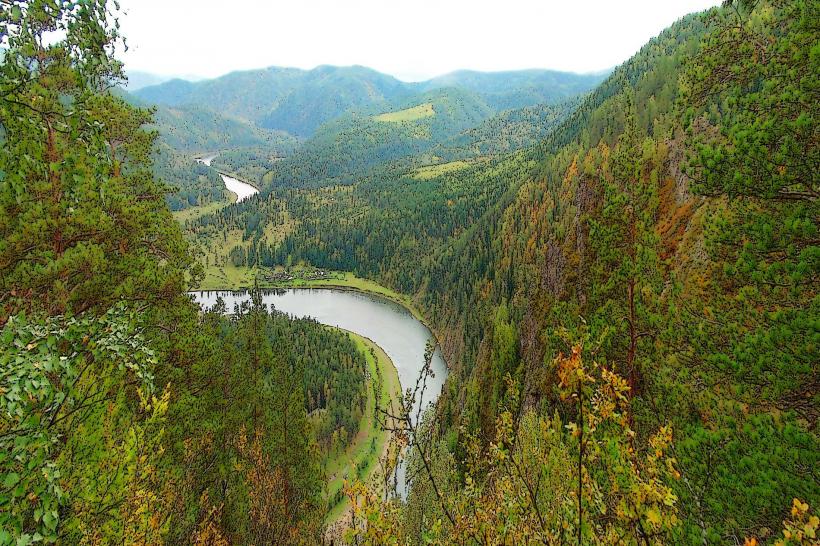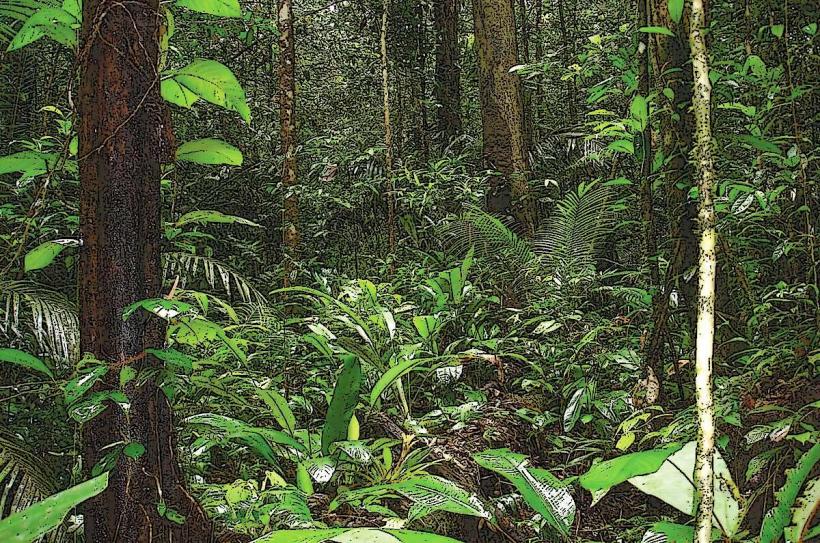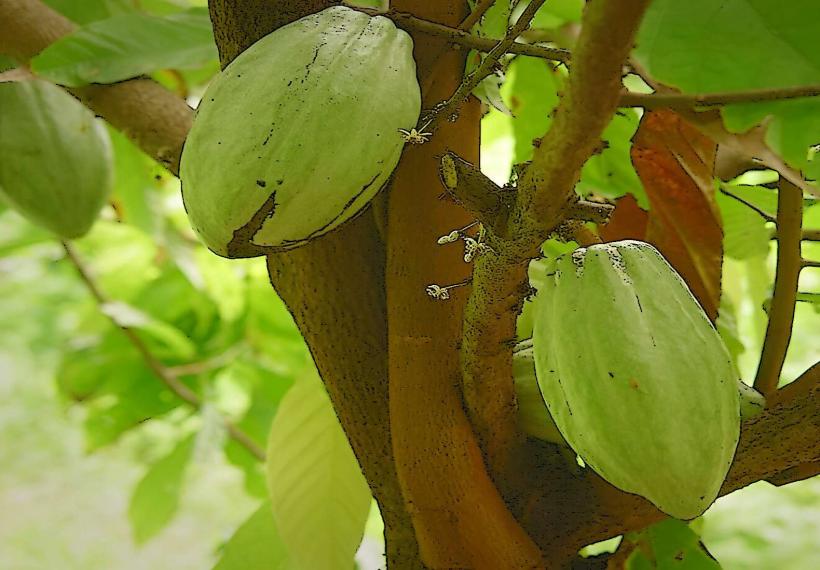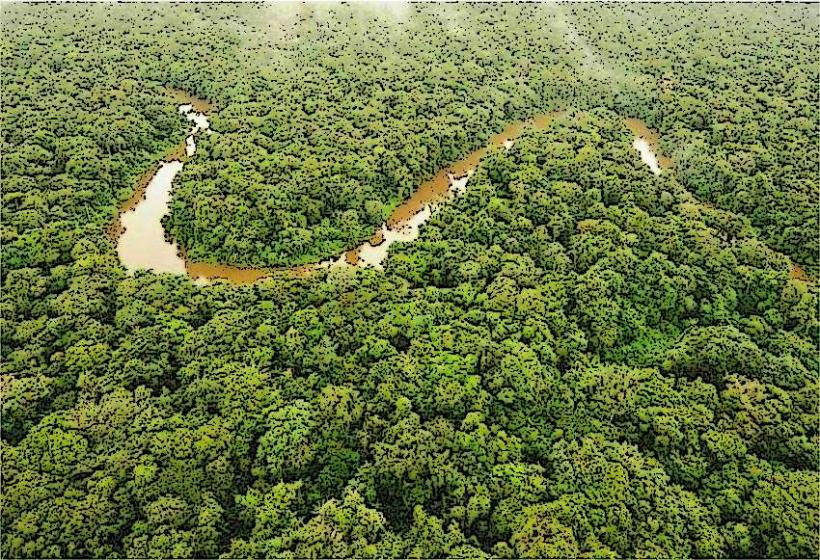Information
Landmark: Village of ManaCity: Iracoubo
Country: French Guiana
Continent: South America
The Village of Mana is a small, remote settlement located in French Guiana, a French overseas department in South America. It lies along the Mana River, in the western part of the region, and serves as the administrative center of the Mana commune, which is part of the Prefecture of Saint-Laurent-du-Maroni. The village is surrounded by dense tropical rainforest and wetlands, characteristic of the region's natural environment.
Geography and Location
Mana is situated in the western part of French Guiana, near the border with Suriname. It is located on the banks of the Mana River, a key waterway in the region, which flows toward the Atlantic Ocean. The village is relatively isolated due to the dense forest surrounding it and the lack of extensive infrastructure in the area. The closest urban center is Saint-Laurent-du-Maroni, which is about 60 kilometers (37 miles) to the northwest, where more significant administrative and economic activities occur.
Population and Community
Mana is a small community, with a population that fluctuates but is generally around 1,500 to 2,000 residents. The village is home to a diverse mix of people, including Creole, Hmong, and indigenous communities. The area has been historically shaped by French colonial settlement, and many of the people in Mana are descendants of former slaves, indentured laborers, and indigenous groups.
While the population of the village is small, it is an important administrative and commercial hub for the surrounding rural areas. It is the seat of the Mana commune, which encompasses several smaller villages and settlements, many of which rely on Mana for services and trade.
Economy and Livelihood
The economy of the Village of Mana is primarily based on agriculture, fishing, and small-scale trade. The surrounding natural environment, including the Mana River and its floodplain, provides abundant resources for the local population.
- Agriculture: The fertile land surrounding the village supports crops such as rice, cassava, and bananas. The area's agricultural activities are heavily influenced by the seasonal flooding of the Mana River, which enriches the soil and allows for productive farming.
- Fishing: The river is an important source of freshwater fish, and many villagers rely on fishing for both subsistence and local trade. Species such as catfish and piranhas are commonly found in the river, and fishing is a traditional livelihood in the region.
- Logging and Timber: The dense forests surrounding the village also support some timber extraction activities, although this is more restricted due to conservation efforts in the region.
- Eco-Tourism: As with many rural areas in French Guiana, Mana has growing potential for eco-tourism, due to its natural beauty and proximity to the Guiana Shield rainforest. Tourists are drawn to the area for wildlife watching, particularly birdwatching and exploring the river's ecosystems.
Infrastructure and Services
Mana is a relatively underdeveloped village, and its infrastructure is limited compared to urban centers like Cayenne or Saint-Laurent-du-Maroni. Basic services, including healthcare and education, are available, but residents often travel to larger towns for specialized services or to access more developed markets.
- Transportation: Access to Mana is somewhat limited, and the primary mode of transportation in and out of the village is by boat along the Mana River. The road network is minimal, and the region is not as easily accessible as other parts of French Guiana.
- Healthcare: The village has a small medical facility, and residents can access more advanced healthcare services in Saint-Laurent-du-Maroni.
- Education: There are schools in Mana that serve the local children, but secondary education is often pursued in larger towns, requiring families to travel for higher education.
Culture and Community Life
The village of Mana is home to a diverse cultural heritage, with various groups contributing to its social fabric. This diversity is reflected in the village's festivals, religious practices, and traditional crafts. The Creole community, which forms a significant portion of the population, often celebrates Catholic religious holidays and local festivals that combine African, European, and indigenous traditions.
- Festivals: Local festivals in Mana are often tied to both religious observances (such as Christmas and Easter) and traditional celebrations based on the agricultural calendar. The Mana Carnival is an important event, with music, dancing, and costumes that reflect both the African and European influences in the region.
- Indigenous Culture: The indigenous communities in the region also maintain cultural practices, including traditional crafts, dances, and ceremonies that are connected to their ancestral ways of life.
Environmental and Conservation Issues
The Village of Mana is surrounded by the pristine natural environments of the Guiana Shield rainforests, which are home to rich biodiversity. However, these areas are under environmental stress due to human activities.
- Deforestation: Logging and land clearing for agriculture threaten the integrity of the surrounding forest ecosystems. Although the region is protected under French laws, illegal logging remains a concern.
- Pollution: Mining, particularly illegal gold mining, is a significant problem in the upper Mana River basin. The use of mercury in mining activities can lead to water contamination, affecting both wildlife and human populations.
- Conservation: Despite these challenges, there are efforts in place to conserve the region's biodiversity, including the establishment of protected areas and sustainable development initiatives aimed at preserving the forests and their ecosystems.
Conclusion
The Village of Mana is a small but vibrant community located in the remote wilderness of French Guiana. Its residents maintain a traditional way of life tied to the surrounding natural environment, relying on agriculture, fishing, and eco-tourism for their livelihoods. Though the village faces challenges such as limited infrastructure and environmental pressures, it remains an important cultural and administrative center in the western part of French Guiana, playing a key role in the preservation of the region's unique biodiversity and cultural heritage.

